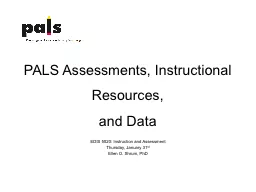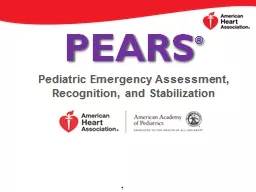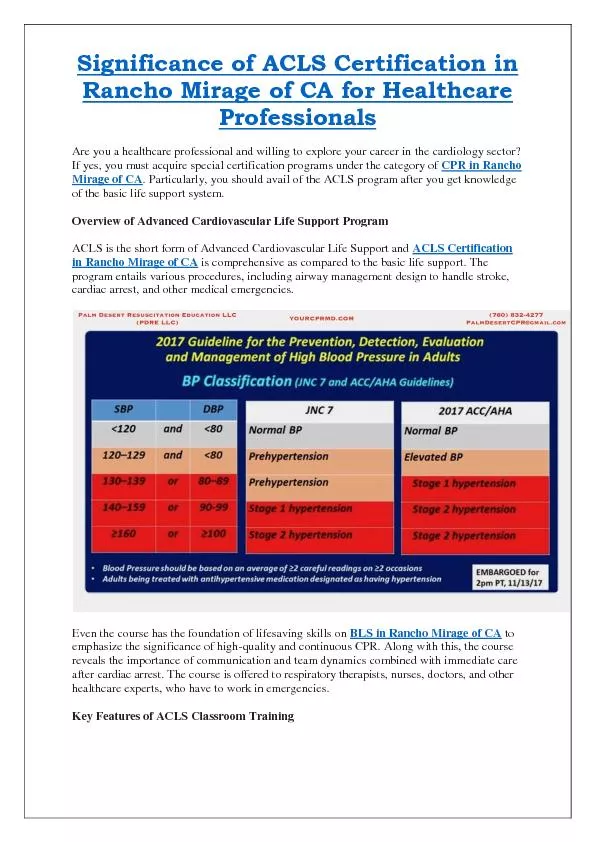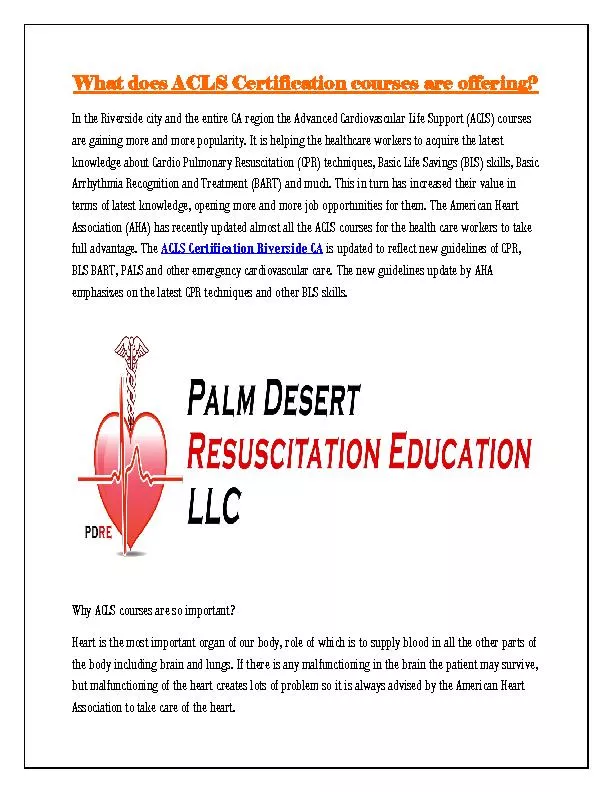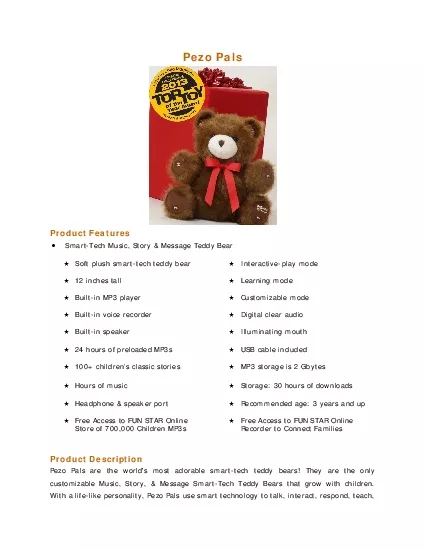PPT-PALS Assessments, Instructional Resources,
Author : alida-meadow | Published Date : 2018-03-14
and Data EDIS 5020 Instruction and Assessment Thursday January 31 st Ellen O Shrum PhD Agenda PALS Origin purpose and assessments PALSPreK Administration scoring
Presentation Embed Code
Download Presentation
Download Presentation The PPT/PDF document "PALS Assessments, Instructional Resource..." is the property of its rightful owner. Permission is granted to download and print the materials on this website for personal, non-commercial use only, and to display it on your personal computer provided you do not modify the materials and that you retain all copyright notices contained in the materials. By downloading content from our website, you accept the terms of this agreement.
PALS Assessments, Instructional Resources,: Transcript
Download Rules Of Document
"PALS Assessments, Instructional Resources,"The content belongs to its owner. You may download and print it for personal use, without modification, and keep all copyright notices. By downloading, you agree to these terms.
Related Documents

